If you’re reading this, chances are you’ve heard about lisinopril—it’s one of the most prescribed drugs for high blood pressure worldwide. But what if you hate the side effects, can’t get the prescription fast enough, or just want another way? More and more people are searching for over-the-counter (OTC) alternatives and digging into natural remedies. But does anything actually work that isn’t behind the pharmacy counter? Let’s get right to the facts, the fakes, and what the science says about finding a realistic lisinopril substitute over the counter.
The Truth About OTC and Natural Substitutes
It’s a wild world out there if you start Googling "natural blood pressure pills." You’ll see ads for miracle herbs, vitamins promising to melt away hypertension, and plenty of stuff that looks like it came from your grandma’s cupboard. But is any of it legit?
Lisinopril is what’s called an ACE inhibitor. It works by relaxing blood vessels, making blood pump easier, and bringing down blood pressure. Nothing you grab at your local pharmacy does exactly what it does. Still, there’s some real science behind a few supplements and minerals that can help keep your pressure in check, especially if your numbers are just starting to creep up or your doctor’s warned you to make changes.
Let’s look at a few that show promise and have studies you can actually trust:
- Magnesium: Not just for muscle cramps. Some studies show that getting enough magnesium can nudge high blood pressure downward by a few points. You’ll get this mineral in nuts, leafy greens, and certain OTC supplements. One meta-analysis in the "Hypertension" journal found that 300 mg per day could drop upper readings by about 2 mmHg on average.
- Potassium: Most Americans don’t eat enough, and it matters a ton for blood pressure. Potassium (think bananas, spinach, potatoes) helps your body get rid of sodium—the big villain for most people with high blood pressure. One Harvard review said that if the average adult upped their potassium, we could see a 10-12% drop in stroke rates in the U.S. That’s huge.
- Coenzyme Q10 (CoQ10): Yes, this antioxidant really gets mentioned in scientific circles. It doesn’t work for every person, but several clinical studies suggest that a dose between 100-200 mg daily can lower systolic (top) numbers by up to 10 points. That’s on par with what you might see from a mild prescription med.
- Garlic extract: No, eating garlic bread won’t do it, but concentrated garlic supplements (specifically the aged kind) have some evidence behind them. One Australian review found that garlic capsules lowered blood pressure about as much as a light ACE inhibitor for people with mild hypertension.
Check out this summary:
| Supplement | Approx. Systolic Drop | Notes |
|---|---|---|
| Magnesium | 2-4 mmHg | Best if you’re low already |
| Potassium | 2-5 mmHg | Food better than pills |
| CoQ10 | 7-10 mmHg | Start slow, needs weeks to work |
| Garlic Extract | 8-10 mmHg | Highly concentrated only |
Of course, don’t try everything at once. Talk to a healthcare provider before starting anything new—especially if you’re already on medication, because some combos can mess things up fast, like crashing your blood pressure way too low or causing dangerous potassium spikes.
Curious how these compare to old-school drugs? Check this article on lisinopril substitute over the counter for a deeper look at non-prescription options and how they stack up on results.

Lifestyle Upgrades That Matter More Than Magic Pills
Pills can help, but there’s no OTC remedy that trumps what you do every single day. Want to outsmart hypertension for real? Start with what’s on your plate and in your daily routine. Nothing else moves the needle as much as these big three:
- Eat like you want to live to 100: The DASH diet (Dietary Approaches to Stop Hypertension) is boring as advice but wild in results. It’s stacked with fruits, veggies, whole grains, and low-fat dairy, and it slashes salty processed garbage. U.S. News and World Report keeps ranking DASH as the top diet for heart health many years running. A real-world study in the New England Journal of Medicine says DASH can drop blood pressure by an average of 8-14 points—better than many single medications.
- Move, don’t just sit: Regular exercise isn’t just good for your mental game—it physically changes your blood vessels and makes them stretchier. Even brisk walking 30 minutes a day most days can chop your numbers by as much as 10 points. That’s doctor-level stuff, with no copay or refills needed.
- Lose a few (or more) pounds: Carrying extra weight is one of the fastest ways to drive up your pressure. Every 10 pounds you lose can peel off 5-10 mmHg. Combine that with better food and regular movement, and you might not need meds at all.
Alcohol and tobacco? Both are bad news for blood pressure, even if you think "a little can’t hurt." On the flip side, getting enough sleep (at least 7 hours per night for most folks) is underestimated. Chronic short sleep can tank your numbers. You’ll notice changes if you actually add these up, not just read about them.
If you’re thinking about stress, you’re right. Meditation, deep breathing, tai chi—these can all lower stress hormones that nudge blood pressure higher. When tested head-to-head, people who stuck with meditation or mindful breathing for 8 weeks dropped their systolic BP by up to 5 points according to a 2024 study out of Cleveland Clinic. Easy, free, no fancy tools needed.
Try putting it together:
- Eat more potassium-rich foods (bananas, sweet potatoes, spinach)
- Cut processed salt and packaged snacks
- Walk, jog, bike, or swim five times per week
- Trim a belt notch or two
- Set a no-phone bedtime and get proper sleep
- Wind down with deep breathing or apps like Calm/Headspace
These changes won’t give you instant results—expect 2-3 weeks for numbers to really improve. Track your BP at home with a decent quality cuff. Write it down, show your doctor, and watch how your body responds over time. It’s not about hacks or secrets, just forming a routine that works.
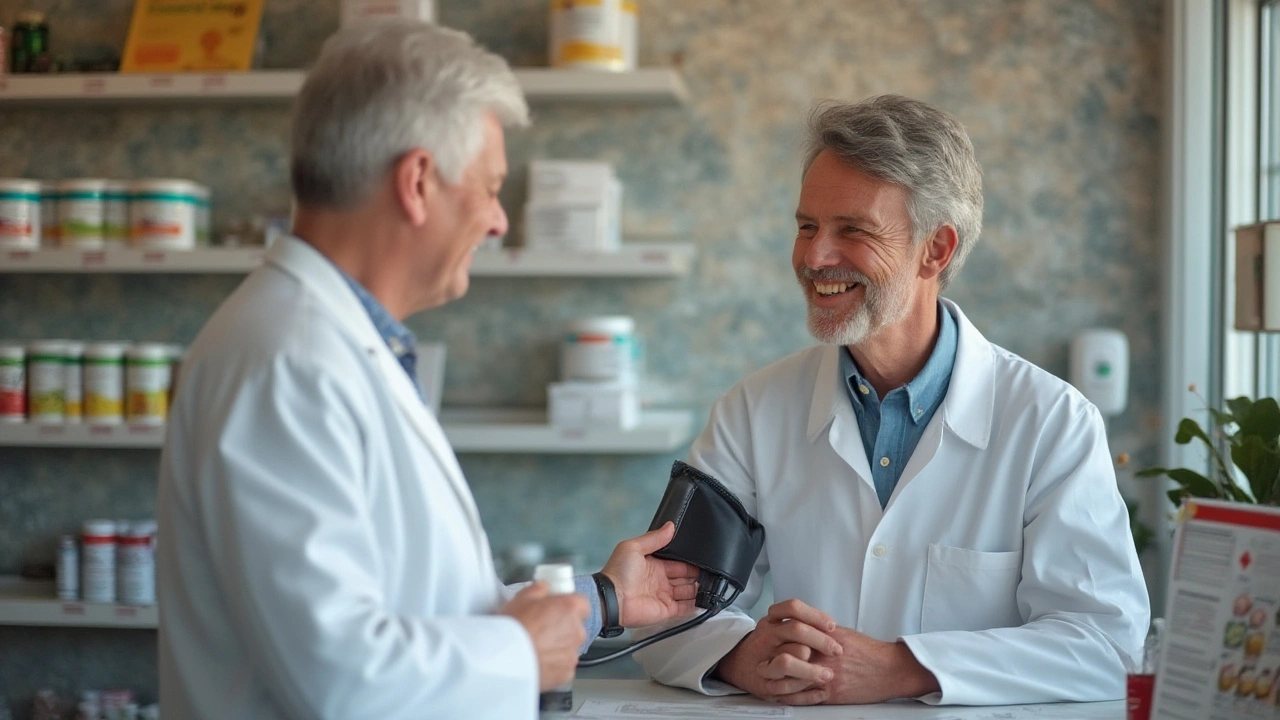
Safety, Scams, and Real Life Results
The supplement aisle can look tempting but is also a minefield. Not all "natural" options are created equal, and some straight-up don’t work. Pretty packaging or wild claims on the bottle mean nothing without real proof. Here’s how to stay on track and dodge danger:
- Avoid magic cure claims: If it says “works instantly,” “no side effects,” or “doctor’s hate this,” run the other way. Blood pressure is complex—one pill or plant isn’t going to erase years of habits overnight.
- Watch out for counterfeit stuff online: Unless you know exactly who you’re buying from, skip sites that seem sketchy or have zero track record. Some imported supplements contain hidden prescription drugs, heavy metals, or nothing at all. Check for third-party lab testing or seals from groups like USP or NSF.
- Here’s a short hit list of stuff hyped up but doesn’t hold up in big studies:
- Apple cider vinegar: Won’t lower blood pressure by itself. Safe in salads, sure, but don’t expect miracles.
- Burdock root, hawthorn, olive leaf: Some evidence, but nothing strong enough to trust instead of doctor-backed fixes.
- CBD oil: Hype level high, hard data still missing for blood pressure. No medical groups recommend it.
What’s actually safe to try? If you stick with magnesium, potassium from real food, CoQ10 in normal doses (100-200 mg), and aged garlic extract, most people can add these to their daily routine without big worries. But if you’re already taking prescription drugs—especially for heart or kidney issues—always run new supplements by your doctor first. People forget, but some "safe" vitamins can mess up potassium or magnesium in dangerous ways if you mix them with certain meds.
The honest answer to the whole OTC blood pressure debate is this: supplements can help, but rarely as much (or as fast) as prescription meds like lisinopril. For mild hypertension or as an add-on to a better diet and habits, you might see lower BP, more energy, and fewer headaches. Go all-in with diet, exercise, and real sleep, though, and you’ll do more for your heart than a basket of pills ever could.
Want to talk hard numbers? Grab a home blood pressure monitor—nothing fancy needed, just make sure it’s validated by groups like the American Heart Association. Track your numbers for two weeks. See if changes actually show up. Most doctors trust your readings at home even more than “white-coat” office numbers, since your body’s more relaxed and you’re not nervous about a nurse glaring at the results.
One last tip—if your pressure is sky-high (think, 160/100 or above regularly), or you get headaches, vision changes, or chest pain, don’t mess around with unproven alternatives. Get help, get tested, and take real medication if needed. Use supplements and lifestyle upgrades as a team player, not as a lone hero.
So when you shop for an OTC fix for high blood pressure, ignore the miracle blends and build your own evidence-based plan: start with real food, proven minerals, and a daily walk. Back it up with a talk with your doc and tracking your actual results. Your heart will thank you for getting real instead of getting sold.
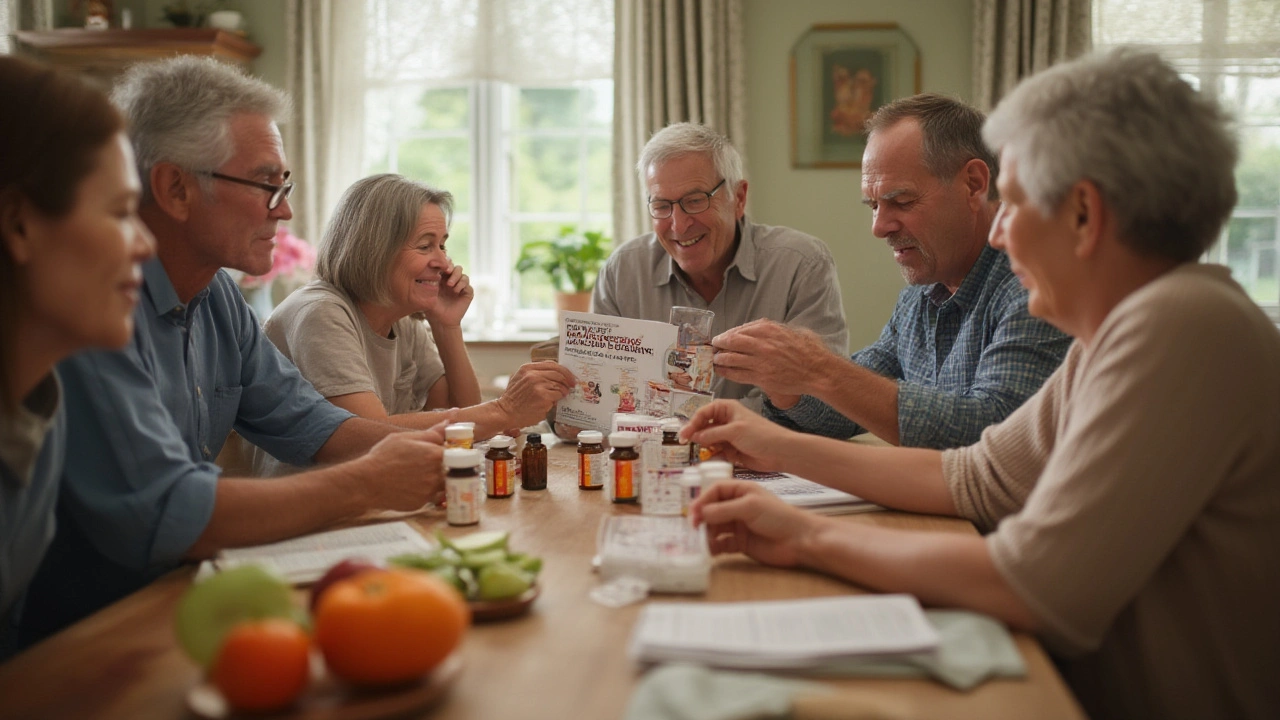
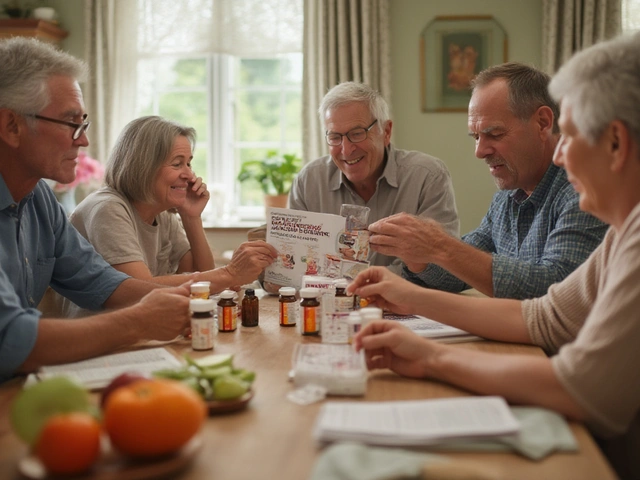

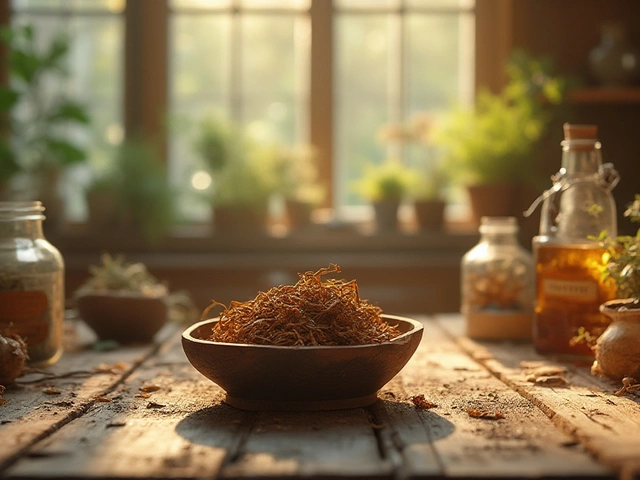

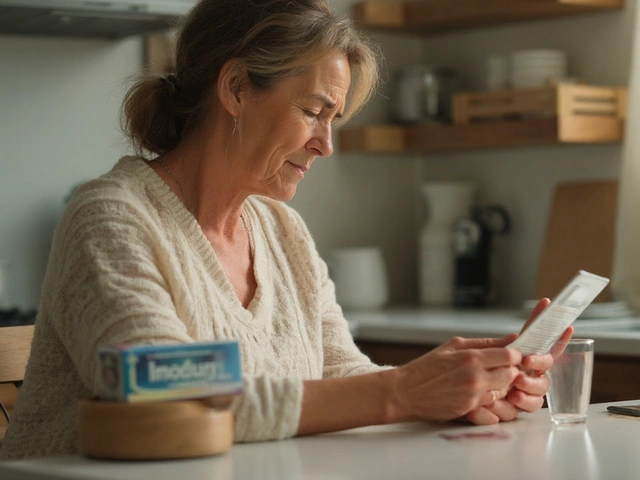
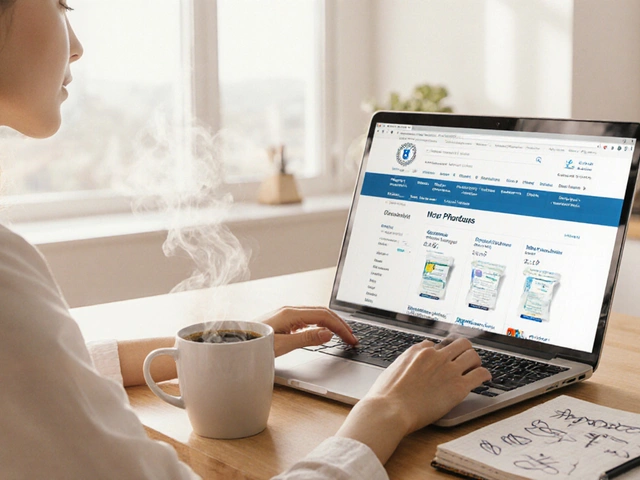
Write a comment
Your email address will be restricted to us